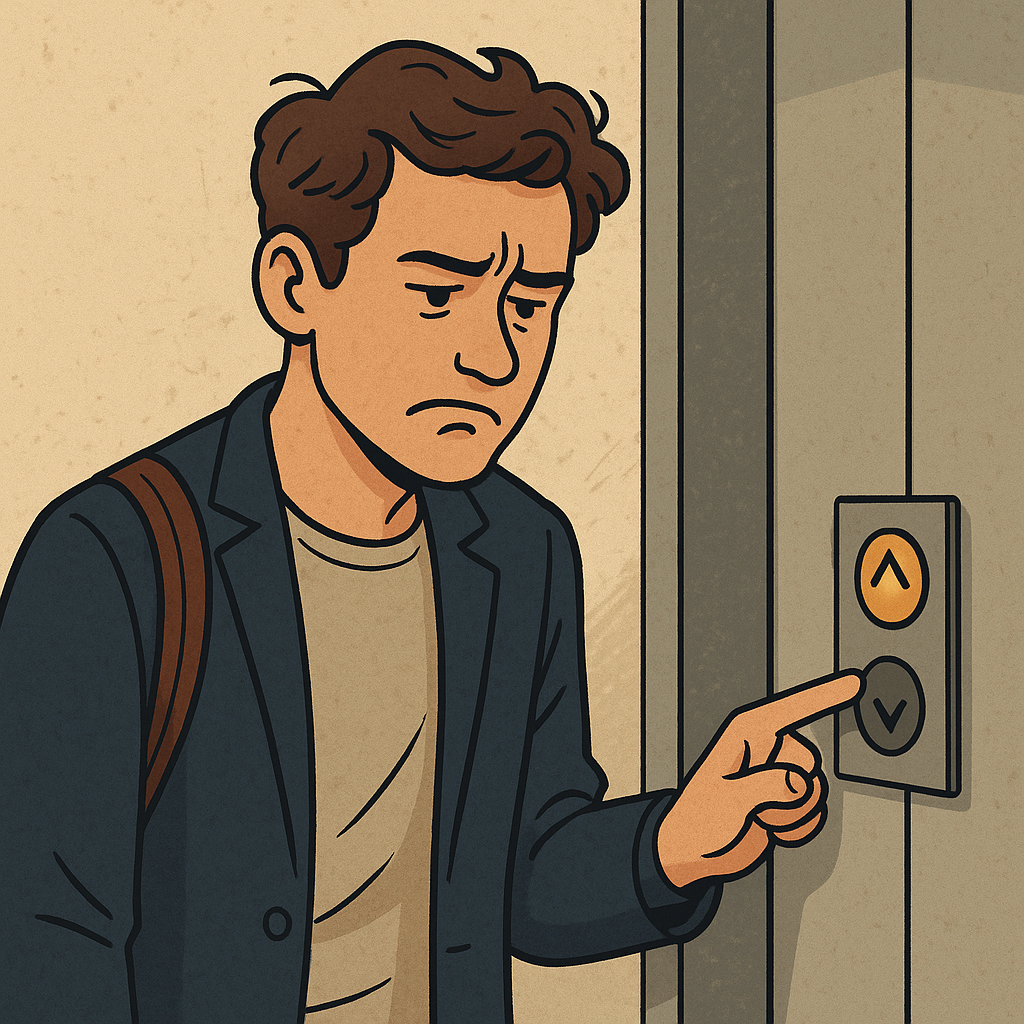
The elevator to soft skills starts on the first floor: distress management.
We spend a lot of time in the learning and development world sharpening soft skills. Communication, time management, decision-making, emotional intelligence, strategic thinking…
And rightly so. These soft skills (along with dozens of others) are essential to show up as a productive leader and team member who your team actually wants to have around.
But here’s the truth I keep bumping into, both in my own leadership and in the people I work with:
Even the most polished soft skills fade or altogether fail when distress isn’t managed well.
You can have the best strategic plan. You can hold weekly standups, assign ownership, build in accountability, and get everyone trained in top-tier communication frameworks.
But when someone hits a moment of distress (frustration, fear, overwhelm) and they don’t know how to regulate it? Those skills often disappear.
Distress Is the Entryway
I’ve been thinking of distress management as the doorway leading to the room full of soft skills. Or, to borrow from another model that I love, maybe more accurately, it's the elevator to soft skills.
When the elevator is working, we can move freely between floors.
Critical thinking. Decision making. Time Management. Creativity. All accessible.
But when the elevator is broken?
We're stuck on the first floor. We might try to take the stairs, white-knuckling our way through a conversation or dragging ourselves through a team meeting. But it’s exhausting. And it’s not sustainable.
I’m sure it’s not news to you that distress makes everything harder.
You Can’t “Skill” Your Way Out of Dysregulation
This is where a lot of well-meaning L&D programs fall short.
They focus on adding tools, without clearing the path.
If I’m overwhelmed, insecure, fearful of conflict, or just emotionally dysregulated, and no one has helped me learn how to recognize and manage that, I can’t access my full set of tools.
I might know what I ought to do, but I can’t get to it in that moment.
And that’s not a failure of training. That’s a failure to treat the human being as a whole.
So What Do We Do?
Start by treating distress management as a skill in itself.
Not just a wellness initiative or a side conversation. A core competency.
- Build in tools that help people notice when they’re escalating
- Normalize language around psychological needs and tips for getting those needs met.
- Make the first floor of your development model about mindset, self-awareness, and regulation
Because the best training in the world won’t get someone to the top floor if they can’t get the elevator moving.